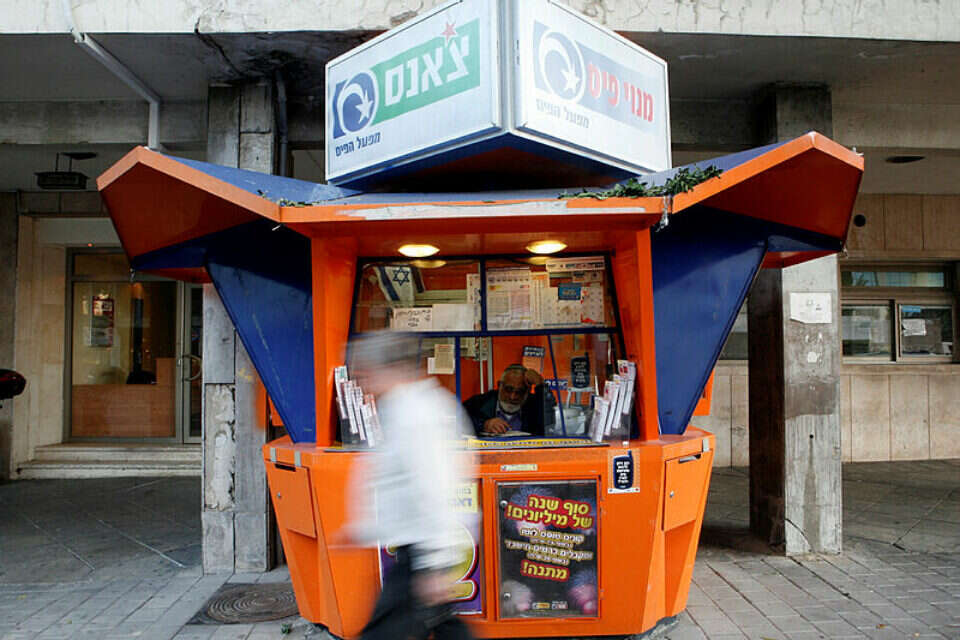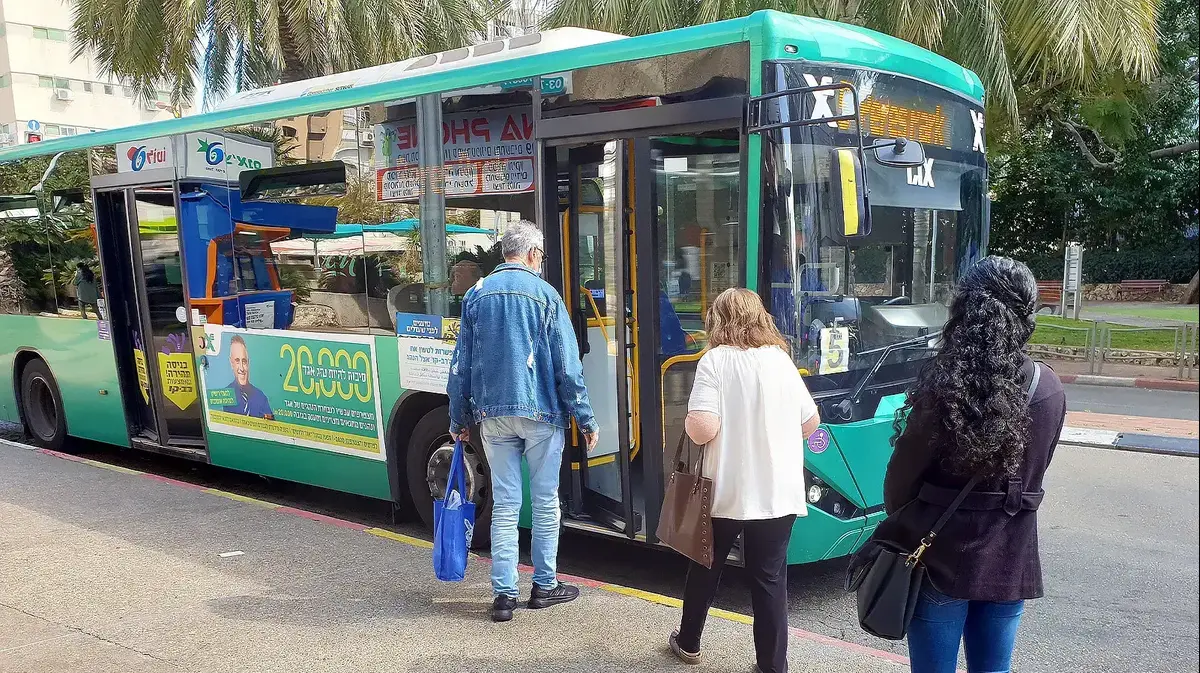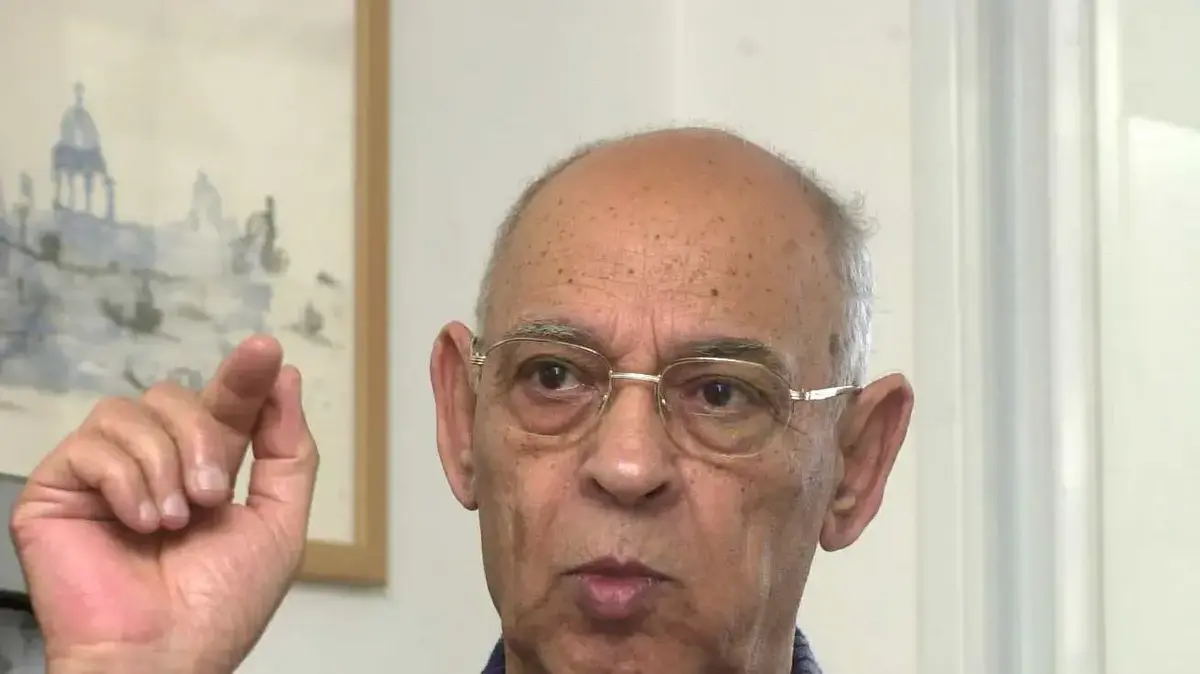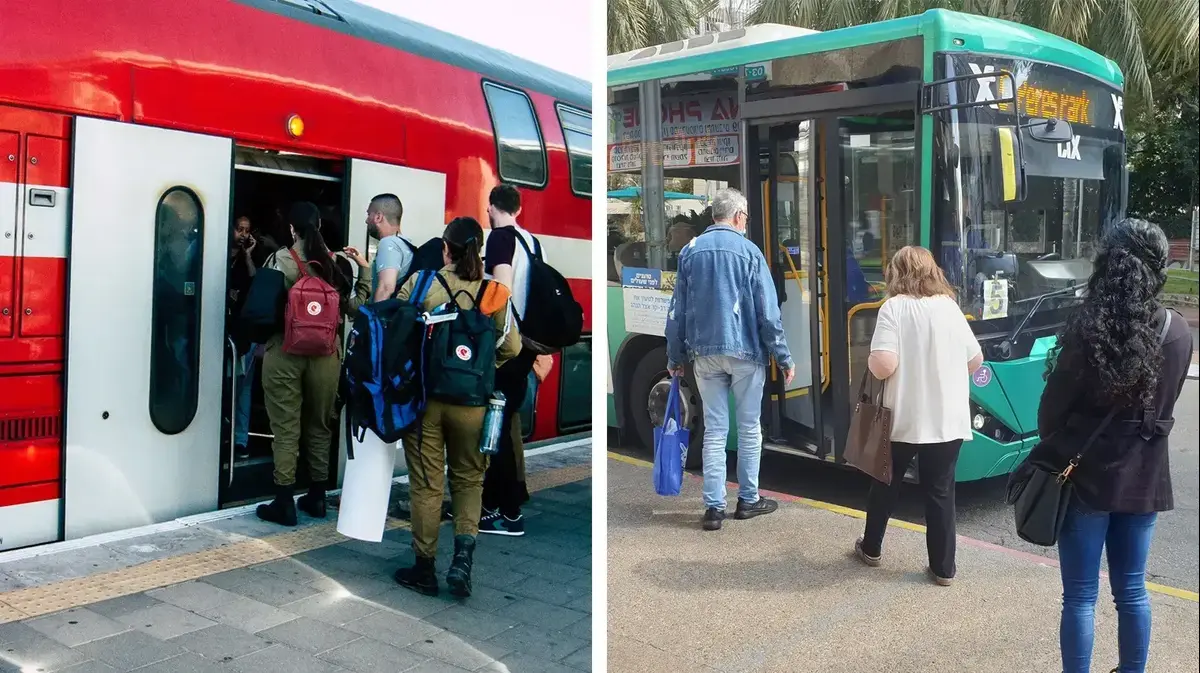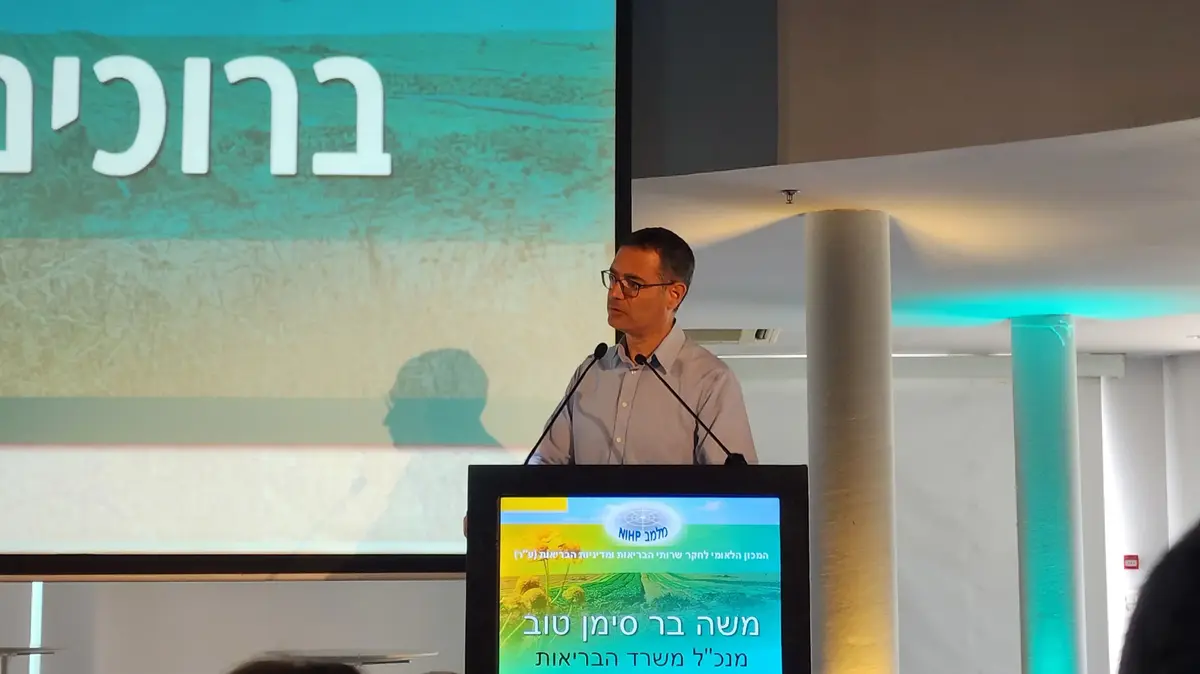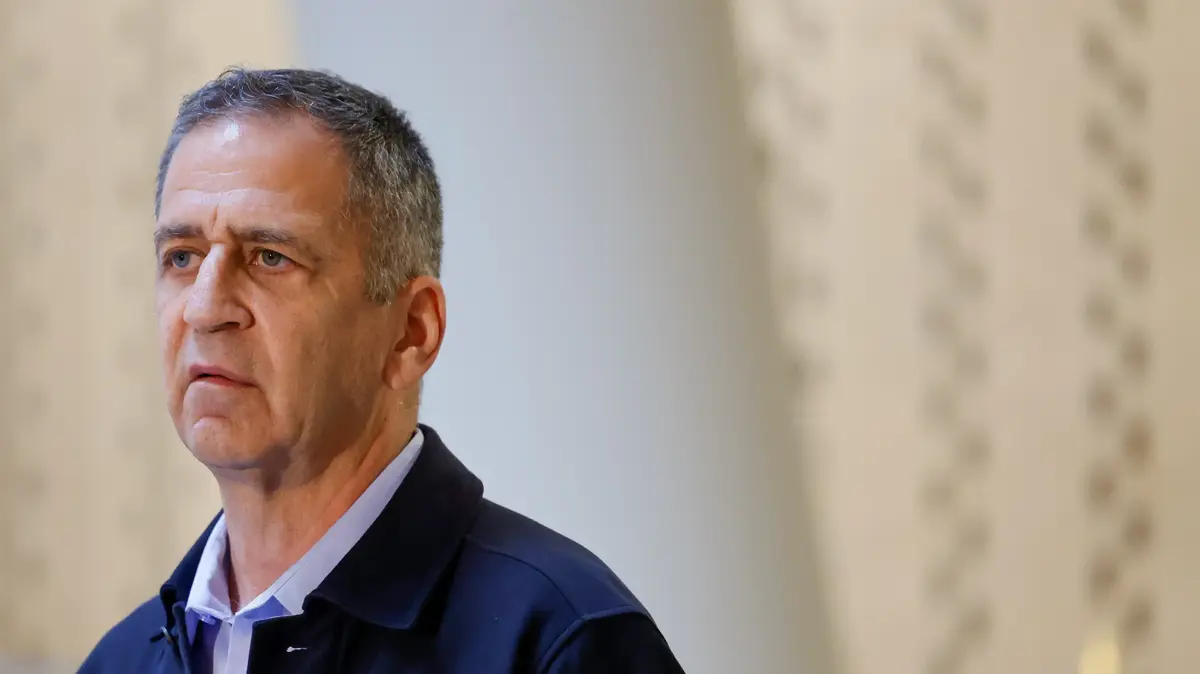In front of a glacier we only see its tip, focusing on what our eyes see and neglecting the hidden majority.
Elections held for the fifth time in three years are a dangerous iceberg.
We see an edge: the party game, the possible coalitions, the divisions and the unions.
The majority is hidden from the public eye: the neglected issues, the budgets that do not arrive, important projects of welfare, transportation and education that are not budgeted.
For example: the legal gambling in the Israeli social peripheries.
The lottery, which aggressively pushes advertisements for its lotteries, reached revenues of nearly NIS 10 billion in 2021.
The lottery company markets itself as a body that promotes education and culture in the authorities, thus whitewashing the backyard of these gamblers: about a quarter of a million gambling addicts in Israel.
In the last two years, the Corona years, there has been a reported increase of hundreds of percent in the applications of addicts to various organizations, such as Returno.
Rabbi Eitan Eckstein, the organization's founder, tells of huge waiting lists and an inability to meet the ever-increasing number of requests.
The lottery can claim that this is a "natural" phenomenon.
What is unnatural is his focus on the disadvantaged areas and exploiting the illusion of easy enrichment in front of people living in poverty.
In this sense, the lottery draws are a "poverty tax": a way to transfer the poor to the local authorities, including the most powerful authorities in Israel.
The Economic Committee in the Knesset demanded the data from the lottery and found, for example, that about half of the lottery's revenue comes from the chance lotteries that take place every two hours.
About half a million Israelis participated in Chance lotteries in 2021.
When the revenues are segmented, the picture is revealed: 62 percent of the Chance revenues come from the disadvantaged neighborhoods in Israel, the social peripheries.
Is it a coincidence?
It seems that the distribution of the lottery stations is clear.
In my city, Sderot, all the stations are in the oldest and weakest neighborhoods.
Kiryat Malachi is the capital of lotteries, with 19 stations, a lottery station for every 1,000 people.
In Netivot, the ratio increases to one Piss station for every 2,000 residents.
In Modiin it is already a station for 8,000 residents.
in Gani Tikva,
It's not "just" gambling - it's about encouraging gambling in a way that contributes to addiction, with dramatic consequences for families and the community.
As Moshe Kahlon called it on his Sabbath as Treasury Minister, it seems that this is "dirty money."
This is the first time that the Knesset has closely monitored the bias of the lottery.
MK Michael Biton, along with MK Eli Cohen and other MKs on the Economy Committee, began to hold continuous discussions on the issue. The last of which took place two weeks ago. The elections interrupt this sequence. The Knesset is going into a long election break, and it is difficult to imagine when, if at all, Will someone come back to deal seriously with the issue.
were we wrong
We will fix it!
If you found an error in the article, we would appreciate it if you shared it with us

